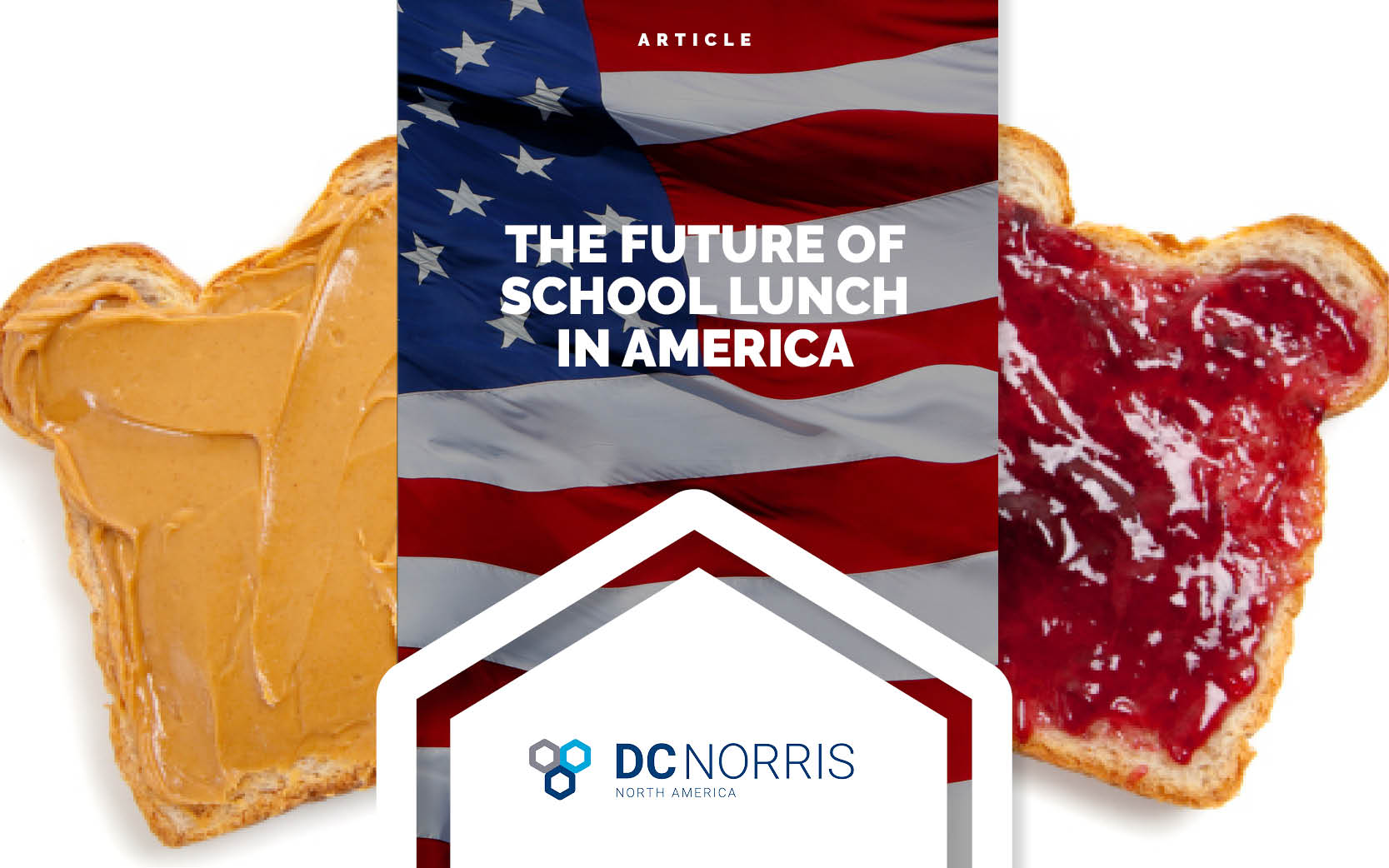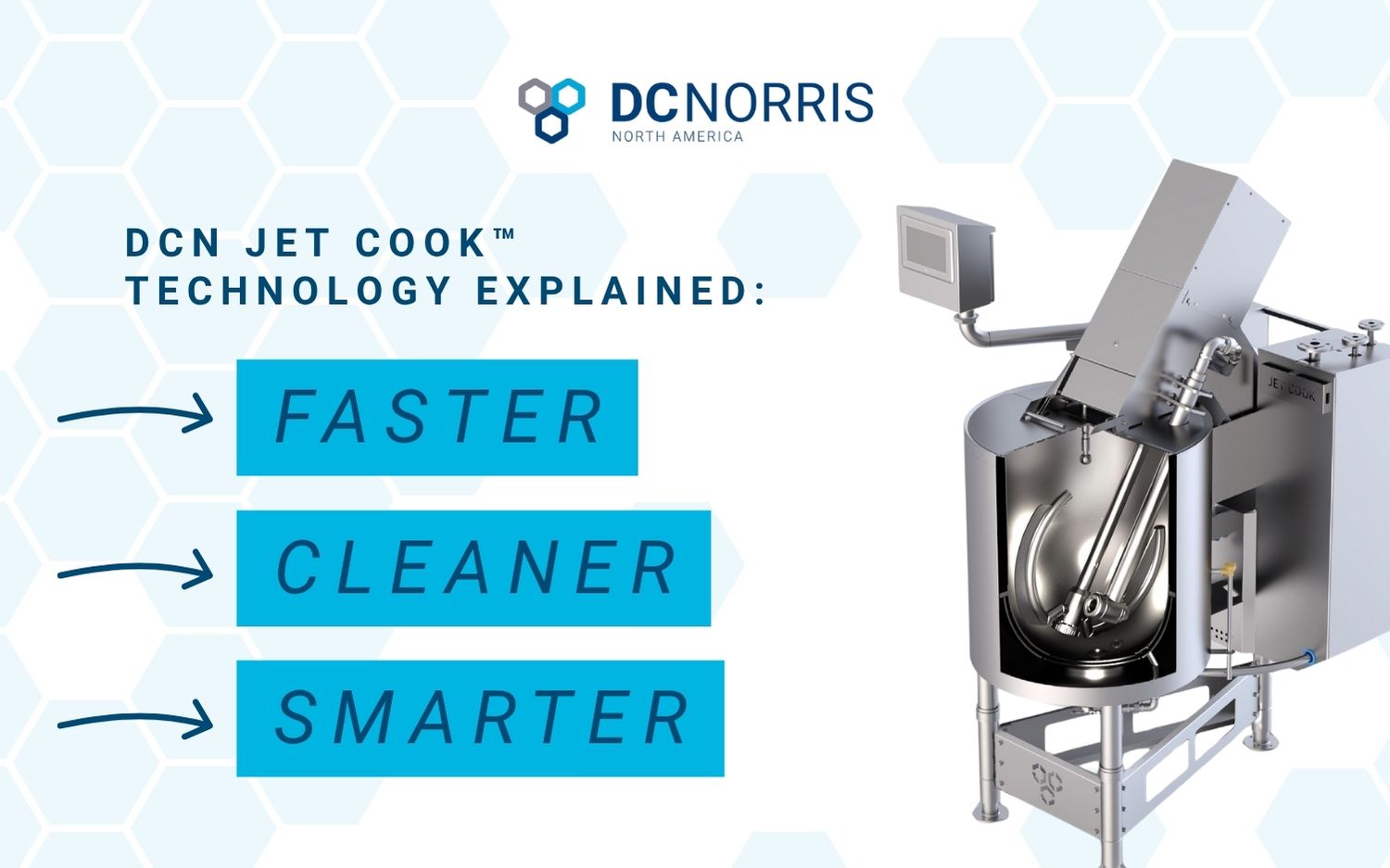The Future of School Lunch in America
Federal Waiver Allowing Free Lunches For All Is Set to Expire
For the last two years of the pandemic, all public schools in the US have been serving Universal Free Meals to all students. When nearly every K-12 school in the country closed in March 2020, the U.S. Department of Agriculture (in charge of the National School Lunch Program [NSLP] and School Breakfast Program [SBP] ) moved quickly to grant waivers creating greater flexibility and more support for food service in our public school system. Unlike traditional in-cafeteria meals, the pandemic ushered in the concept of grab-and-go meals for students and their families which changed ingredients, preparation methods, storage needs, and distribution. Because of the 2010 Healthy Hunger-Free Kids Act, the nutritional quality of these meals is significantly improved from school lunches past, and coupled with the pandemic waivers providing free meals for all, the pandemic era school lunch program aimed to make great strides in reducing food insecurity and ending the stigma of receiving a free or reduced-cost meal at school.
The program ends this month. On June 30, 2022, the waivers that allow universal free meals in our public school system expire. So what’s the future of school lunches in the United States?
How Did Universal Free Meals Impact Consumption & Production?
Interestingly, despite providing Universal Free Meals, participation in school meals declined sharply. An article on HealthAffairs.org states:
Several factors have contributed to the decline in school lunch participation. From remote learning without access to transportation to pick up meals, to declining public school enrollment across the country. Plunging participation in the program coupled with declining enrollment translate to declining budgets for our public schools who will reopen in the fall, likely forced to make do with less.
Both production and distribution changed during the Universal Free Meals program. Prior to the pandemic, the NSLP required meals to be eaten in the school cafeteria and restricted the ability for more than one meal to be picked up at any given time. With school buildings closed in the early pandemic, meals switched to grab-and-go and many schools made 2-3 days worth of meals at a time available for pickup. While school food service teams didn’t have to focus on collecting payment and tracking things for federal reimbursement – they did have to spend extra time rethinking meal choices, preparation methods, and packaging to meet the new to-go format. And like the rest of the globe, they had to spend added time making last-minute changes to those plans to account for supply chain disruptions.
Supply Chain Disruptions Continue – What Challenge Does this Create for School Lunch Programs?
Everything from sweeping product recalls to, war, to labor shortages are continuing to plague our global supply chain without much relief in sight. Very few of us are immune from the impact of these disruptions and school food service is no different. Where schools could once plan meals months in advance and order product according to that plan, shortages and required production and distribution agility have changed all of that.
Can Equipment Ease Any of the Burden for Schools?
Some, but certainly not all. As our global supply chain remains uncertain, being able to safely prepare and store large quantities of food when it is available would be tremendously helpful to public school food service. As budgets in our public schools wane in an already tight labor market, resource reallocation seems imminent. There is equipment that can help school food service programs cope with labor shortages without compromising highly regulated nutritional profiles, product quality, and safety.
Some examples of equipment useful for school food service include:
- CT-1 Sous Vide Cook Tank
- Model 160 Pneumatic Can Opener
- Model 990 Can Crusher
- Electric & Steam-Jacketed Cooking Kettles
- Cooling Equipment
DC Norris North America looks forward to helping you secure the right systems and equipment to feed students whether you’re a primary school district or coordinating cafeterias and dining halls at a higher education institution. Reach out to our team for prompt, expert assistance and price quotes.



